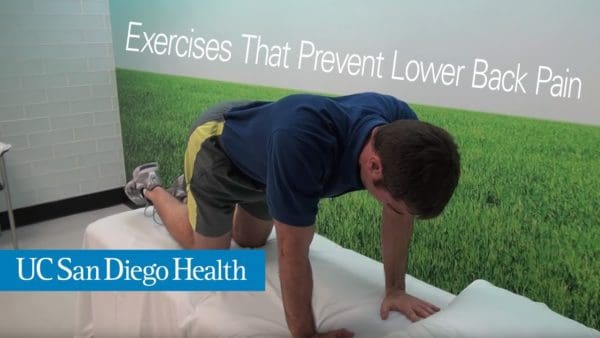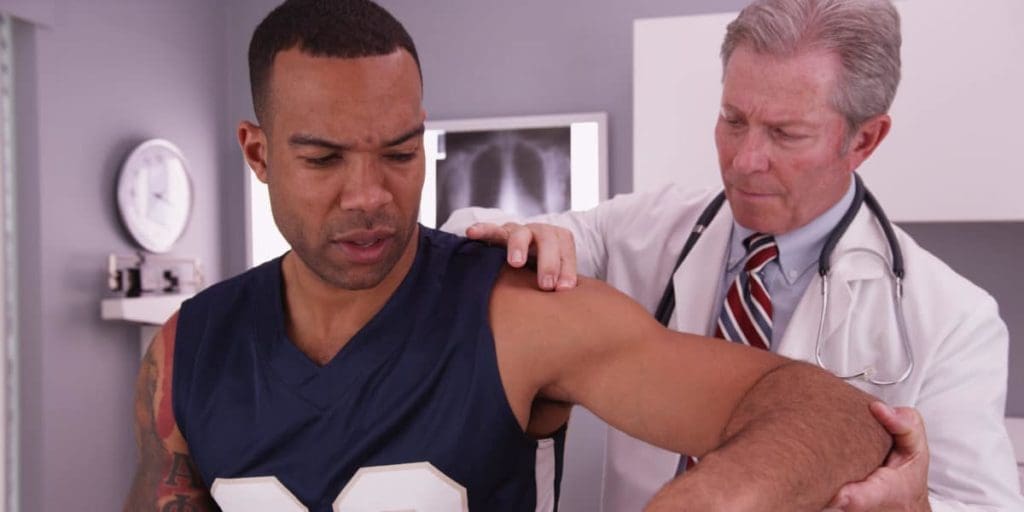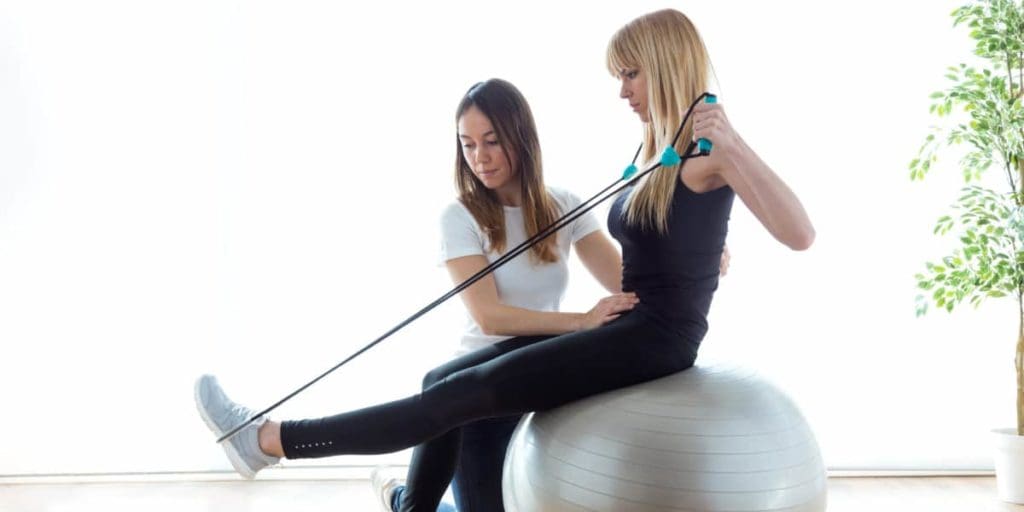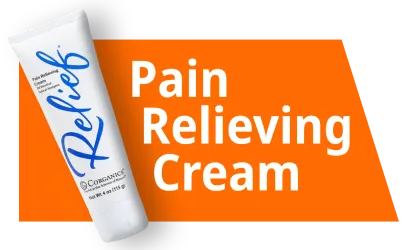Playing sports and pain tend to go hand in hand. For many who enjoy sporting activities – especially young athletes – missing time away from play can be disheartening. Whether you’re a professional athlete or just enjoy a casual scrimmage, it’s important to be aware of how to prevent and treat injuries and pains. Let’s explore how to manage back and neck pain as an athlete.
Managing back pain as an athlete
Athletes should be most worried about getting an injury in their lower back (lumbar spine). According to the University of Maryland Medical Center, about 5-10% of all pain in athletes can be attributed to injuries in the lower back. You are most at risk of a back injury and pain if you are involved in:
- gymnastics
- diving
- weight lifting
- golf
- football
- rowing

Common types of injuries include muscle strains, stress fracture, ligament sprains, soft tissue contusions and herniated disc. If you are an athlete who has just suffered a lower back injury, it’s crucial to seek medical advice immediately. Waiting to do so can cause long-term pain.
Your doctor may recommend working with a physical therapist to improve your range of motion as well as your return time to the field.
Getting a diagnosis
In order to develop a treatment plan that best fits your needs, your doctor will take into consideration your:
- age
- sport(s) and level of competition
- past and current medical problems
- location of pain and if it has spread
- when the pain began
- drug and medication use
In 90% of patients, back pain will go away without medical treatment in as little as 12 weeks. If you are looking to accelerate your healing, however, seeking out a doctor of sports medicine can make sure you are back in the game in no time.
Best treatment options for back pain
Once your doctor gives you a diagnosis, don’t fret. There are a variety of treatment options available to you. You will most likely be given the most conservative treatment option first. Your doctor may slowly introduce more invasive measures if needed.
The most effective evidence-based treatments include superficial heat, spinal manipulation and nonsteroidal anti-inflammatory medications.


Let’s review the benefits of each:
Superficial heat
There is strong evidence that suggests using superficial heat in the week after injury is effective for managing your pain.
Cold therapy has been the traditional advice for many years. However, there is mounting evidence that heat wrap therapy may be more effective. This includes a 2006 systematic review that compared the two treatments and found evidence to back up heat therapy, but not cold therapy.
Spinal manipulation
A variety of practitioners perform spinal manipulation therapy. They include:
- chiropractors
- osteopathic physicians
- naturopathic physicians
- physical therapists
- medical doctors
During this treatment, your health care professional will use a series of moves with her hands or a device to apply force to a specific joint in the back.
Physical therapy, in general, is effective in reducing acute lower back pain. It can target muscular imbalances, especially weaknesses in the abdominal and posterior spinal muscles.
Nonsteroidal anti-inflammatory medications (NSAIDs)
Most athletes are very familiar with using NSAIDs to treat pain. This class of drugs includes ibuprofen (Advil and Motrin) naproxen (Aleve), celecoxib (Celebrex), and aspirin. These medications are not ideal for long-term back pain but can help provide short-term pain relief, especially in conjunction with other treatments.
If NSAIDs don’t do the trick, your doctor may prescribe skeletal muscle relaxants, steroids, opioids and/or antidepressants. If you’re looking for alternative therapies, you can also try cortisone injections, acupuncture, massage and laser treatment. Your doctor may suggest surgery in rare cases.
Video: 7 quick core exercises to help with back pain
Managing neck pain as an athlete
Injuries to the head and neck are common in many sports. Most neck pain in athletes is benign and the result of minor sprains, strains or contusions. In many cases, your pain can radiate to the upper back, shoulder blades, shoulders, arms or hands.
Getting a diagnosis
To ascertain the right diagnosis, your doctor will talk to you about specific symptoms. They may include sharp, stabbing and/or dull pain or aching, throbbing or tingling in the affected area. Your range of motion will likely be a concern as well. Your doctor will likely ask you a series of questions including:
- How and when did the pain start?
- What type of discomfort do you feel?
- Where do you feel it?
- At what time of day is it worse?
- What can’t you do right now in your daily life due to the pain?
Best treatment options for neck pain
With enough rest, physical therapy and anti-inflammatory medication, most sports-related neck pain will go away fairly quickly. You can also alternate using heat or ice packs to the affected area every 15 to 20 minutes for about 2 hours.
Your physical therapist may also recommend some exercises to restore the normal motion of your neck.

Take steps to prevent pain
Prevention is essential when it comes to how to manage back and neck pain as an athlete. It can be as easy as doing simple exercises every day to strengthen your muscles in the back and neck.
Make sure to spend ample time warming up before engaging in sporting activities. Be aware of the risks of injuries associated with your participation in sports as well as steps you can take to address your specific pains.
How do you manage back and neck pain as an athlete?
What topics related to managing athletic pain would you like to see us explore?
Email us at info@painresource.com with your ideas.
Are you on Facebook?
Join our online community by clicking here.
Pain management starts and ends with health awareness and dedication.




